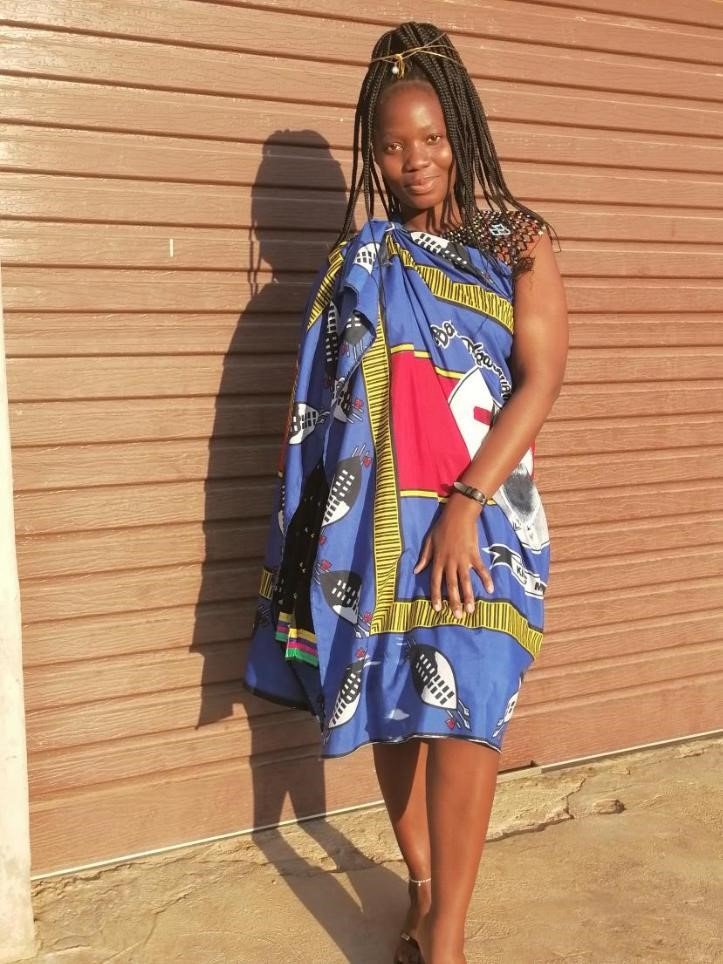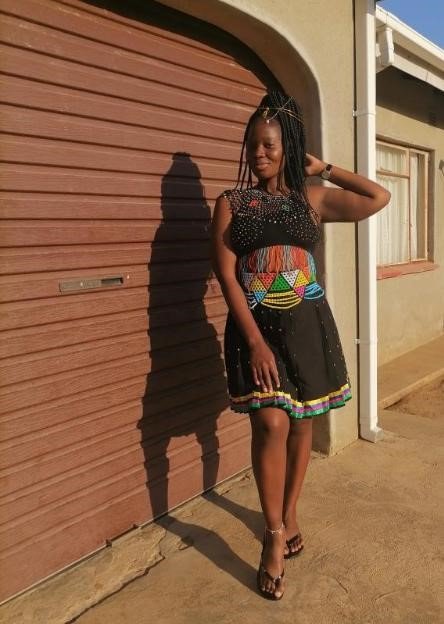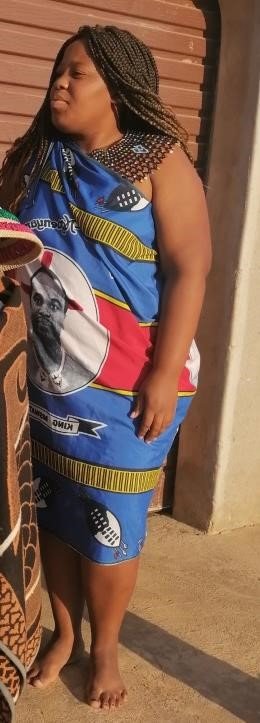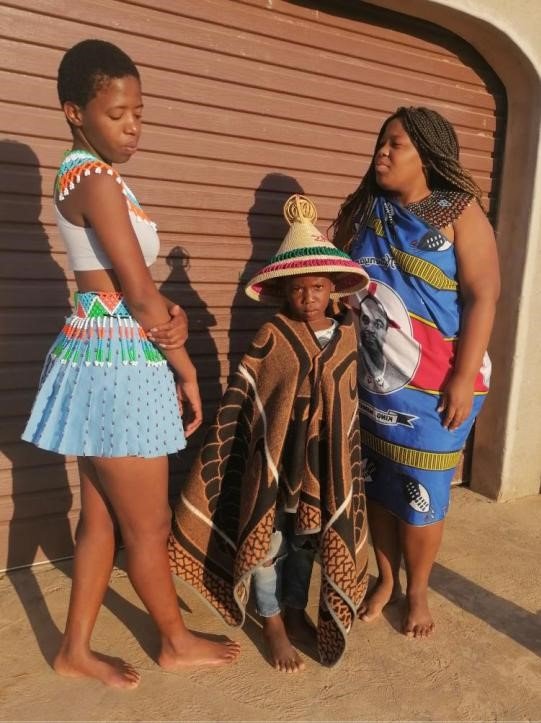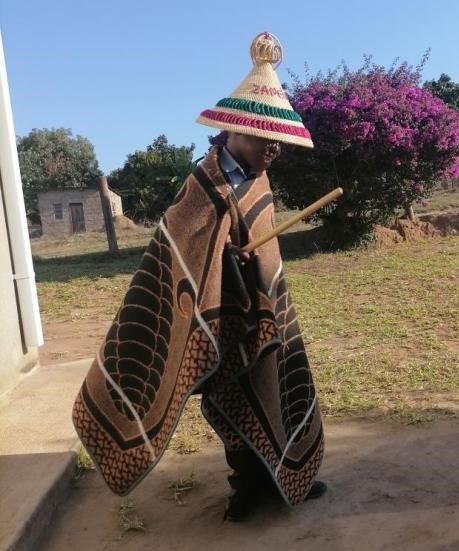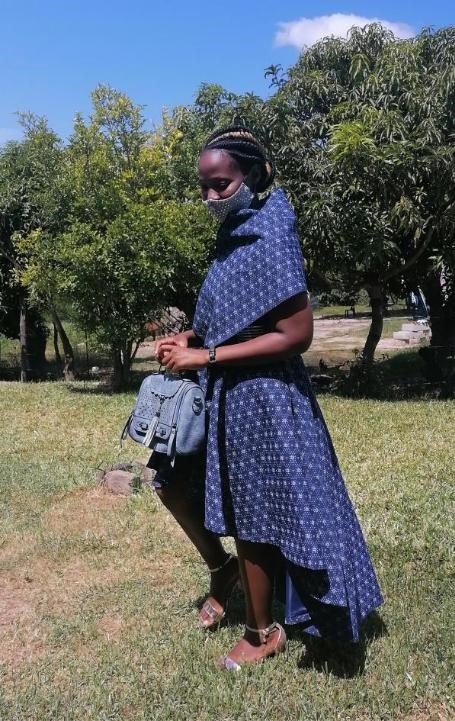My Story Deserves To Be Told
by Zanele
It all started on the 24th of September when the phrase “My Heritage My Pride” became a living testimony to many. Just like the majority, it took me decades to understand the capacity of the phrase and its importance. Not only did I get to know and understand my heritage but got my pride in the long run and my identity. From my findings: we are all related, nature is part of us, we are part of nature, as we have relatives and animals that share a bond, that share relation, that share an identity… We have African surnames like Ndlovu (elephant), Nkomo (cow) and so on, and this goes back to the say “people need nature and nature needs people.” That’s why today we have all these reserves to keep all the wildlife and protect it from harm, as they are a country’s pride too…
About to tell a story is Zanele Candies Maboea, born in 1999 on the 7th of April in Shongwe Hospital Schoemansdal. Started schooling at Senzesihle Pre-School, went to Bongokuhle Primary School, matriculated at Njeyeza Secondary School, and went to South African College for Tourism where I graduated for small accommodation studies and went to Drostdy Hotel where I learned more about food art. Recently I joined the CSA organization where I am learning more about nature conservation and where I am still pursuing my studies since I have much bigger dreams.
As I had said, my story deserves to be told. I grew up in the Swati Village where my mother was born and my home language was Swati. So much was done in that village and most of the activities in our daily routine became part of our cultural norm, since we were also told they form part of our tradition too. Growing up in that environment with a different surname was a challenge that I have since learned to embrace. Being the only Maboea at school, in the village, got my identity to be questioned. I was said to be a foreigner in this nation, with no sense of belonging. I was growing up while having to watch attacks on foreigners on television. But one thing that consoled me was that I had a South African Identity Document. My dad also had to explain to me that I am a Sotho, and the reason I was there is because of my mom, who is of Swati by origin. I then started understanding the whole concept of cultural diversity.
Growing up with my siblings, different traditional outfits were bought for us, and during the Heritage Month celebration we would be on our outfits and shine out like other kids too. But, one thing we failed to understand was why our parents bought us different outfits… One day we asked, and the response we got was that South Africa as a nation is broad, so understanding and embracing other people’s cultures is key to life, as we South Africans are a rainbow nation. It then became part of our tradition to honour Heritage day as not only a holiday but a day in which we all celebrate our relations and pride. Even within this diversity what seems to amaze me is that all the cultural norms are related, similar and sometimes the same.
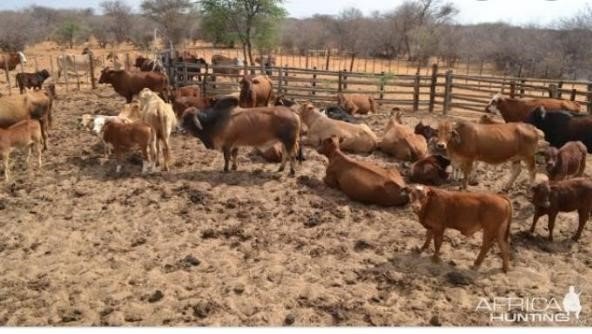
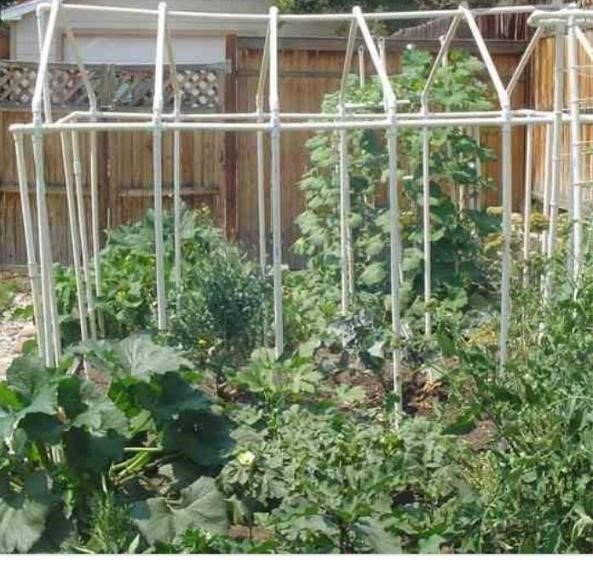
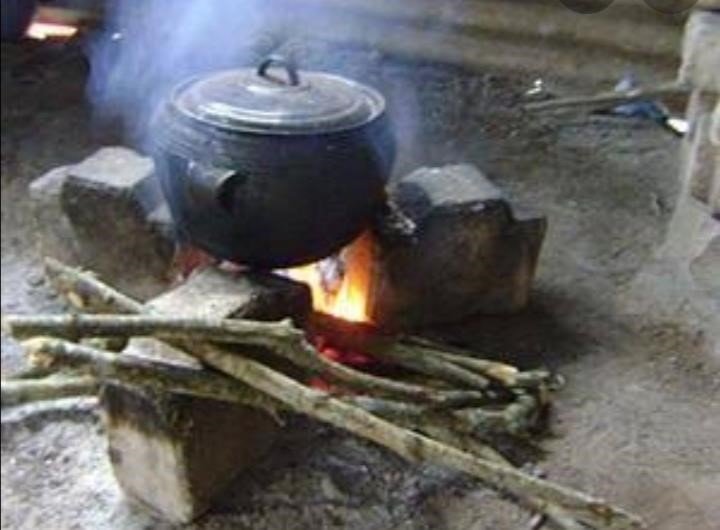
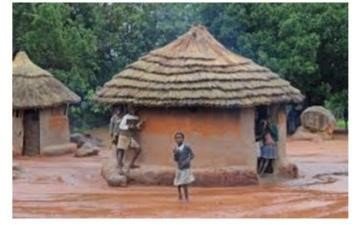
Among these is the strong bond between the people and nature. Daily activities revolve around nature and nature revolves around people’s daily activities. Farming is one of the main activities not only in my culture but almost in all cultures. And within farming, we get different types of farming practices, such as those in which crops and animals are part of the farming practices. This is a strong bond since animals depend on greens and greens depend on animals. For instance, we use the cow dung for compost, we use the cows to fertilize the soil when they are placed in the field and tp start grinding the soil till it becomes rich and more fertile, ready for crop plantation. We are not only told about these methods but they are still practised even today, and the information is passed from one generation to another.
Another example is crop rotation which is practised seasonally, and that’s said to be the practice of growing a series of different crops in the same garden space across a sequence of growing seasons. These practices reduce reliance on one set of nutrients, as well as pests and weed pressure, and the probability of developing resistant pests and weeds. These practices are proven to result in an increase in soil carbon content, and this helps combat climate change. Cutting of trees was also part of our daily activities, as we need the tree branches for firewoods and fencing. This was never a problem to us until we went to school and learnt that what we are doing is called deforestation and it poses so much danger to the environment and to us people, including climate change, desertification, soil erosion, fewer crops, flooding, greenhouse gases…. All these are the results. Since we have learned that pruning works better, we spread the gospel to our parents too, and they now practice that too. And trust me, it is working wonders! All these practices have become part of our identity and now is not even a challenge to any of us since they work as the shield. It is how during load shedding, we do survive since we already know of measures of surviving without electricity.
Must mention that this identity of mine is also someone’s identity. As I’ve said, I grew up with my identity being questioned as my surname was of a strange tribe to the Swatis, and the reason for that is love: because of love, a Sotho and a Swati had to meet and have me as a result. In addition, as I was dark-skinned and still am, to the majority I caused a lot of confusion. The long thick hair just made it worse… In the end, I never liked mingling with other kids cause I never had the answers to their questions. I was being bullied, and every time I tried to use my dad’s words, I would be laughed at till tears started falling… But am glad that time has brought with it change, time has made people understand the goodness that comes from uniqueness.
All in all, I am a South African, a proudly South African, goes by the surname of:
Maboea
Mothapama o neng o
Thapamele marena. Motho wa
Sauna se pelo mora
‘Nkoehatse Se ba una seba
Tabola moriri, Ba habo bona
Basale balla. Ha o le nook ha
O latellwe, ha o lenoko o
Hlaba MatebeleMotho wa
Nthudisane wa kgomo tse
Shwang ke
Boketa; Setlhohotlhoholwana
Sa MakatoloheMakwala
Ntshiyeng
Kamaorao, Lenthiye ka mora
‘thaba ya Setenane…Naka tsa
Ntsu di makudubanyana E ka
Kgama e nyolaha sehlapong
Ho ya kwenya metsi; E
Sesanyana ka mahlong – e
Sitwa ke lehaha! Makgolokwe
Mahlabakgoho ka lemaoAye
Le yona
Moreneng Mahlabakotswana
Mahlabakgoho ka lemao ka
Sebononga e hlaba, a e isa
Kgorong ha
MokgolaneMokgolane a e ja,
A ba a e halala,
A re “kgutla Hape,
o yo eketsa, M
otho wa Wetsi “Makotswana Mahlabakgoho
ka lemao A’ e Ise ho Mokgolane Kgorong,
A Re bona morena,
kehlabele! Ke Hlabile manoni a Maholo,
batho ba Rapeso,
Batho ba seya-pele-Kgotsong.
Ho sa busa letlasa Le Lephatshwana,
batho ba ha Wetsi batho ba ha marowa le Molotsana,
batho ba rapeso!
Maboea…
Regardless of all the odds that were in the way I never gave up. I learned to live with the reality of my uniqueness. My identity has become my strength through it all, being different from my peers had never been my weakness, instead, I’ve learned that my being is my strength and my pride… To all the young people whose identity is being questioned: rather live to tell a story than die to live sorrow….
I thank you.
About
I am a young lady who grew up in a village, where some daily activities are said to be harmful to nature and some are very good. So growing up I got to understand the importance of interaction between nature and people.


